 Rick Kollath.jpg)
Life cycle of an earthworm Earthworm Society of Britain
The diagram given below represents the morphological features of an earthworm. Morphology of Earthworm Earthworms have a tube-like arrangement or cylindrical shaped and reddish-brown segmented body. The body is divided into small segments.
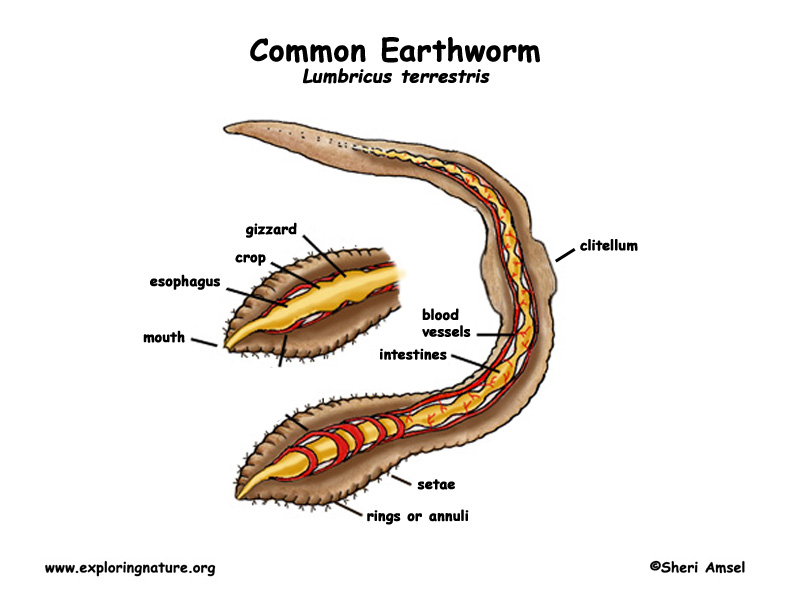
Earthworm
Diagram of an Earthworm Morphology of Earthworm [Click Here for Sample Questions] Earthworms are reddish-brown in colour and have a cylindrical body. The body is also elongated and pointed in the anterior region, with a rounded posterior region. The body is segmented, with approximately 100 to 120 metameres, or short segments.

2. Schematic of earthworm process of mating and reproduction
The earthworm body is divided into ringlike segments (as many as 150 in L. terrestris).Some internal organs, including the excretory organs, are duplicated in each segment. Between segments 32 and 37 is the clitellum, a slightly bulged, discoloured organ that produces a cocoon for enclosing the earthworm's eggs.The body is tapered at both ends, with the tail end the blunter of the two.
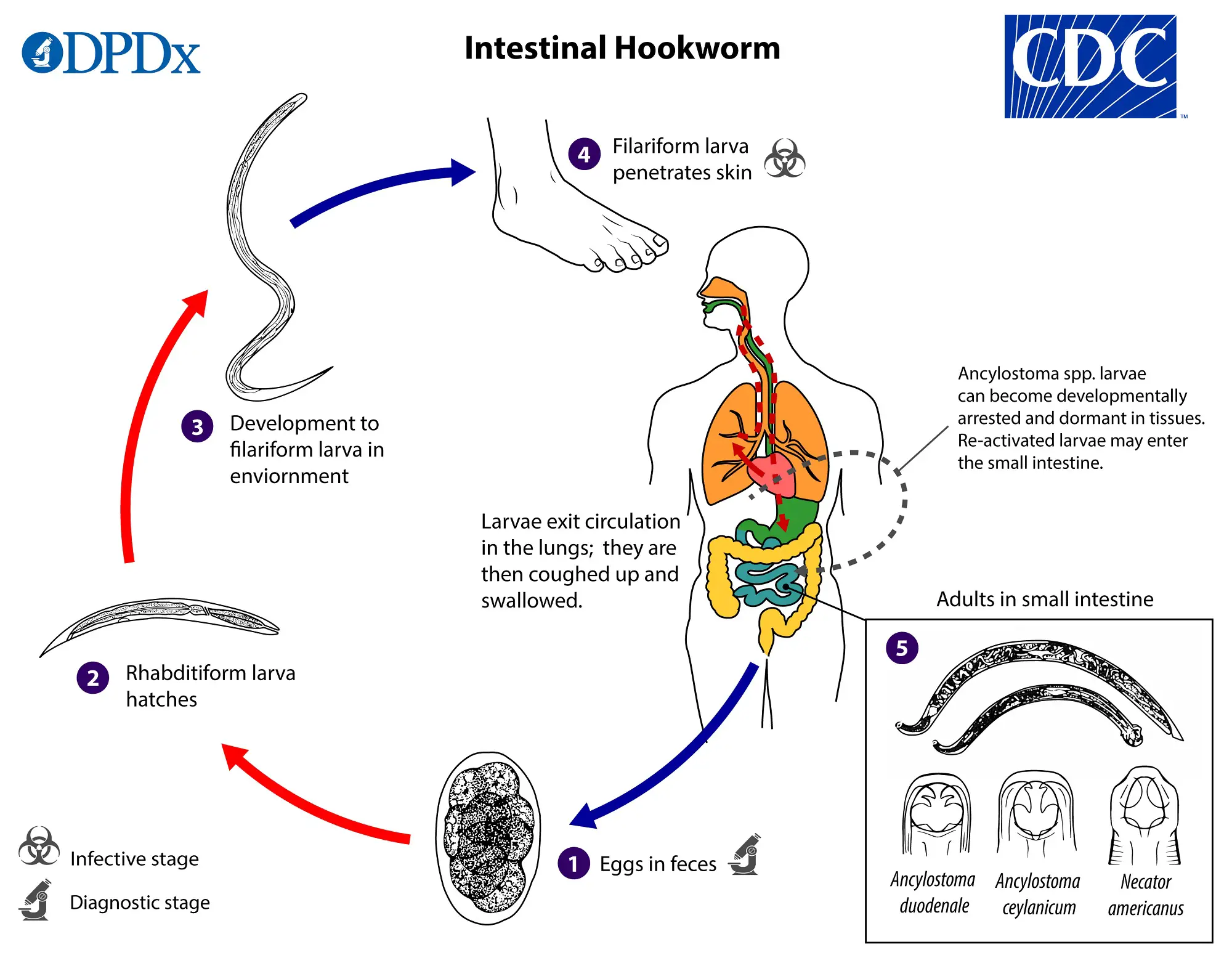
Hookworm Characteristics, Life Cycle, Pathogenesis and Diagnosis
External Anatomy. Examine your earthworm and determine the dorsal and ventral sides. Locate the clitellum which is on the anterior end of the worm. Locate the mouth of the worm on the far anterior end of the worm.The openings toward the anterior of the worm are the sperm ducts. The openings near the clitellum are the genital setae.
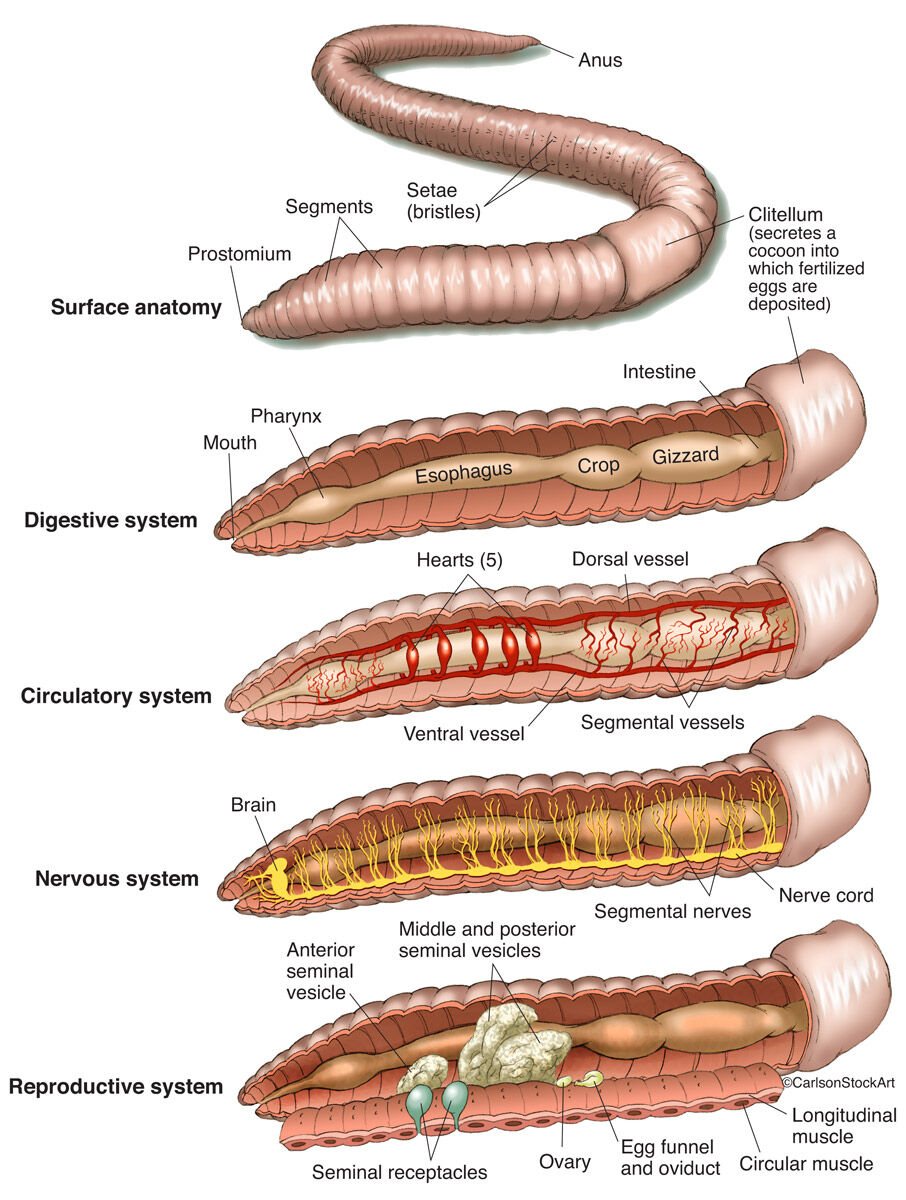
Earthworm Anatomy
Worm Anatomy. A worms body is made up of many segments called 'annuli'. The length of a worms body has muscles which contract and relax which enables the worm to move along a surface. The 'annuli' are covered in tiny hairs called 'setae' which help the worms movement. Worms have no lungs, so they do not breathe like a human being or.
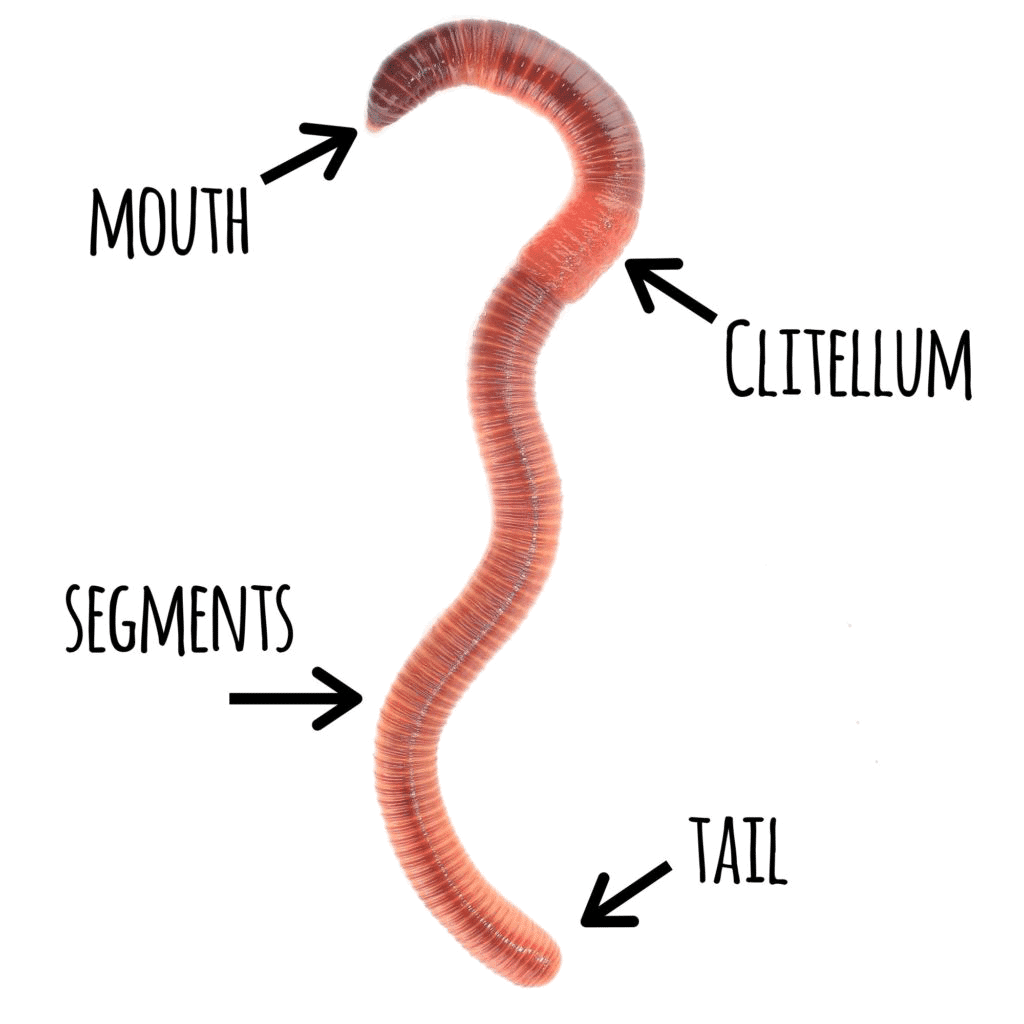
The Life Cycle of a Worm Mindful Waste
Yes! This is where their mouth is found - it's usually located at their head end. The mouth is used for feeding and collecting food. What Else Do Worms Have? Worms have a digestive system, circulatory system, nervous system, and also reproductive organs. The Digestive System Of A Worm
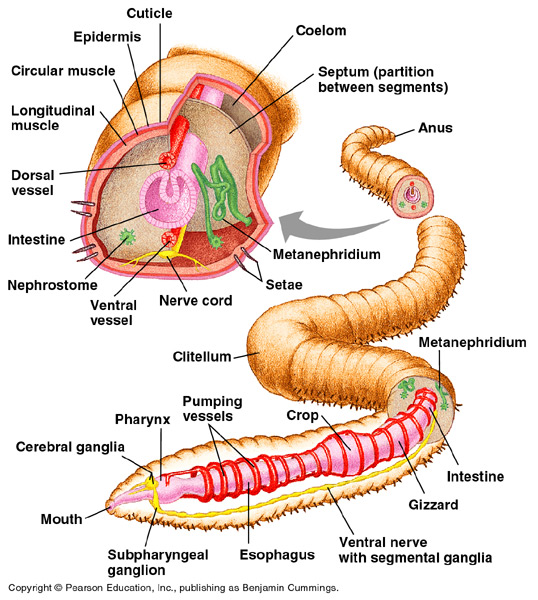
Earthworms
Earthworm Dissection Guide Earthworms are important helpers in the garden or field! Their tunneling mixes up the soil and brings rich soil to the surface. Our earthworm anatomy and dissection guide will walk you through the entire process. Earthworm Observation: External Anatomy Click for full-size pdf
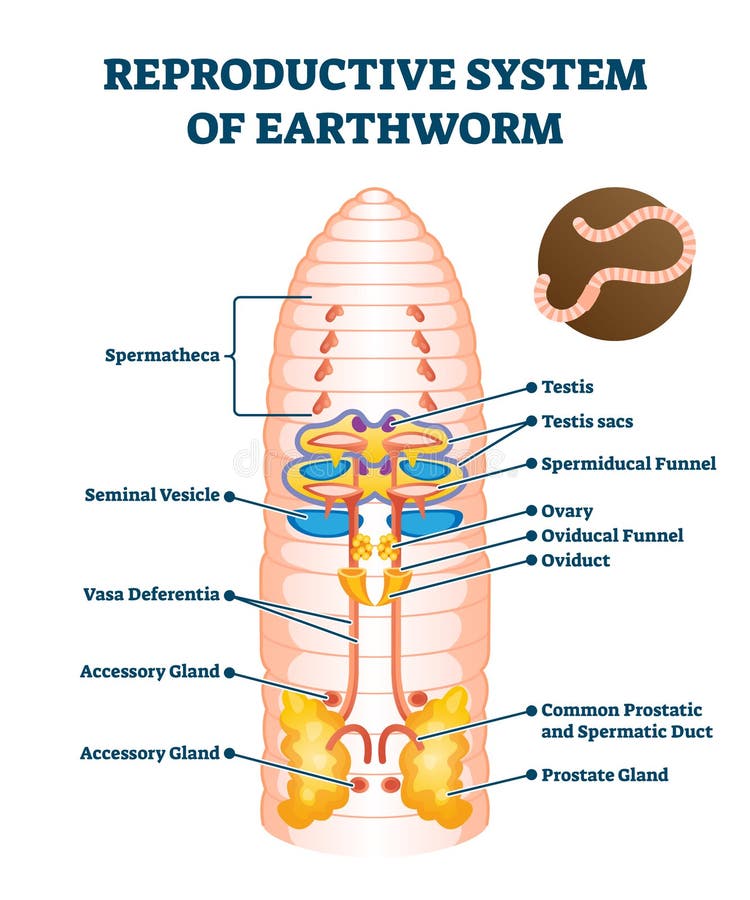
Reproductive System of Anatomical Earthworm Labeled Scheme Vector
Anatomy of Earthworm (With Diagram) | Zoology Article Shared by ADVERTISEMENTS: In this article we will discuss about the external and internal anatomy of earthworm. This will also help you to draw the structure and diagram of earthworm. External Anatomy of Earthworm:
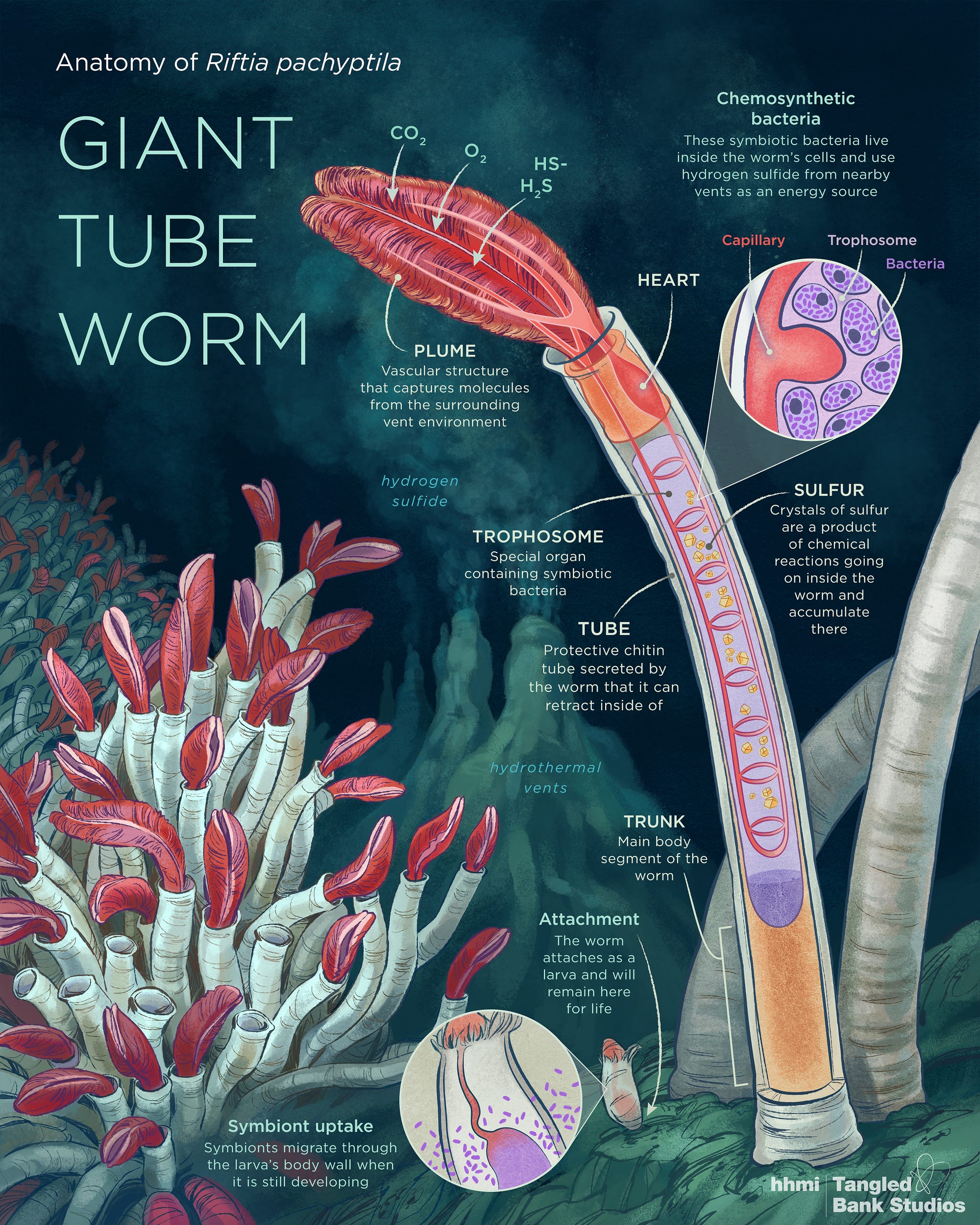
Anatomy of a Giant Tube Worm I Contain Multitudes Medium
Interactive Inside of an earthworm Interactive Add to collection The earthworm's body is well adapted for life in the soil. Click on the labels to see images and learn more. Click the green button to see what's on the outside of an earthworm. Transcript Pharynx Earthworms push the pharynx out of their mouths to grasp hold of organic matter.

Worm Diagrams Labeled Images and Photos finder
Morphology of Earthworm. Earthworms have a reddish brown color with a cylindrical body. The body is also elongated and is pointed in the anterior region, while the posterior region is rounded. The body is segmented and there are about 100 to 120 metameres or short segments. There is a dark median mid-dorsal blood vessel that is seen on the.

labelled diagram of earthworm Sustainableced
Objectives: In this earthworm dissection guide, you will learn to: • Describe the appearance of various organs found in the earthworm. • Name the organs that make up various systems of the earthworm. Materials:

Anatomy Of A Worm
Size can be established by using the size chart on the General Earthworm Diagram to decide whether you have a small, medium or large adult.To determine the length of your earthworm, Allow the worm to freely extend itself as if it was crawling; Measure the maximum distance the earthworm covers when completely stretched out.

Inside of an earthworm — Science Learning Hub
Scientific Name: Lumbricus terrestris Type: Invertebrates Diet: Herbivore Average Life Span In The Wild: Up to 6 years Size: Up to 14 inches Weight: Up to 0.39 ounces Earthworms do not live in.
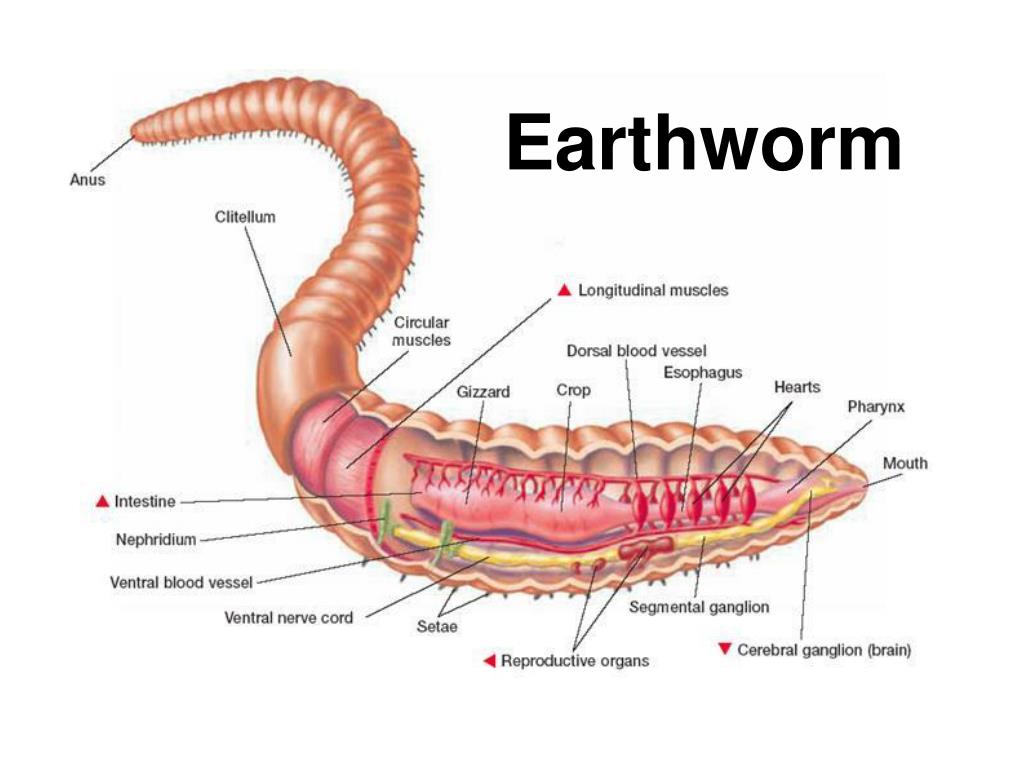
PPT Earthworm PowerPoint Presentation, free download ID2989449
Worms are invertebrate animals with bilateral symmetry. Worms have a definite anterior (head) end and a posterior (tail) end. The ventral surface of worms and other organisms is the bottom side of the body, often closest to the ground. The dorsal surface is located on the upper part of the body facing the sky. The lateral surfaces are found on the left and right sides of the body.
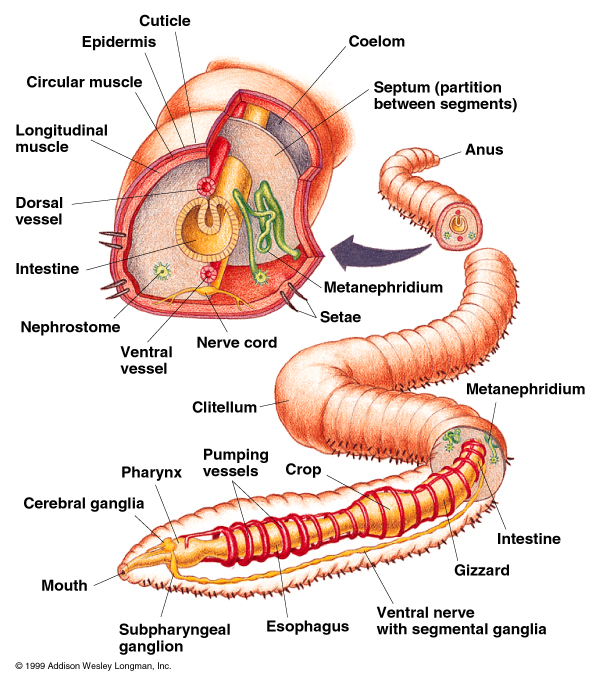
Annelida diagram Earthworms, Worm farm, Annelid
The following diagram of the earthworm depicts its morphological features:-(Image will be uploaded soon) Morphology of Earthworm. Earthworms possess a segmented tube-shaped body that is reddish-brown in colour. The body is precisely divided into small segments. The dorsal side holds a dark line of blood vessels whereas the ventral side.
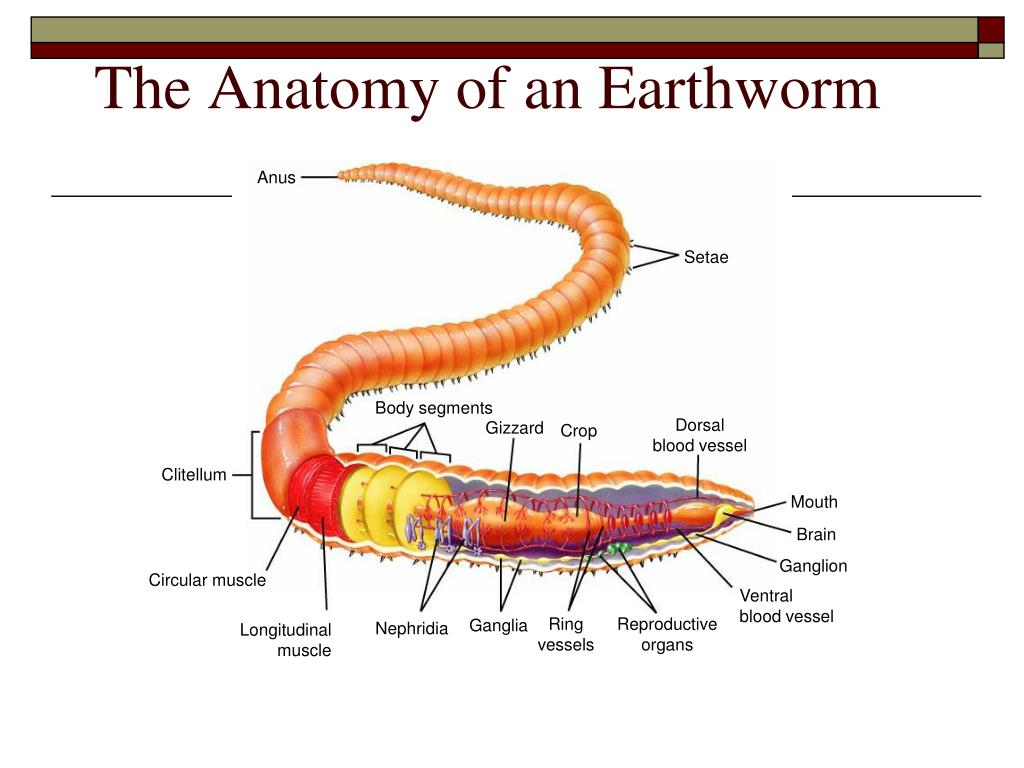
PPT Three Phyla of Worms PowerPoint Presentation, free download ID
Earthworm Anatomy Diagram. To understand a worm anatomy and physical functions it is also a good idea to understand its purpose and function in nature. It truly plays a huge role in the creation and design of our ecosystem. A worm has three major duties in life eat, poop, and mate.